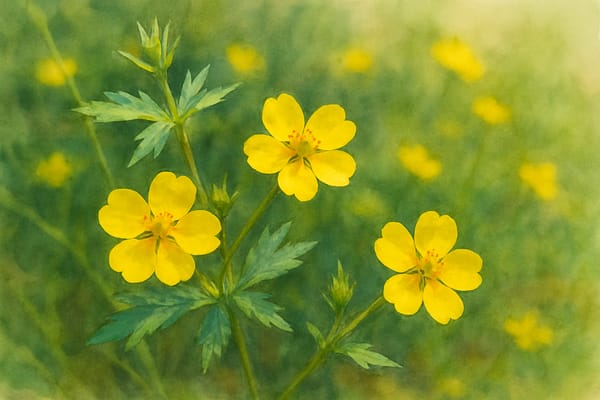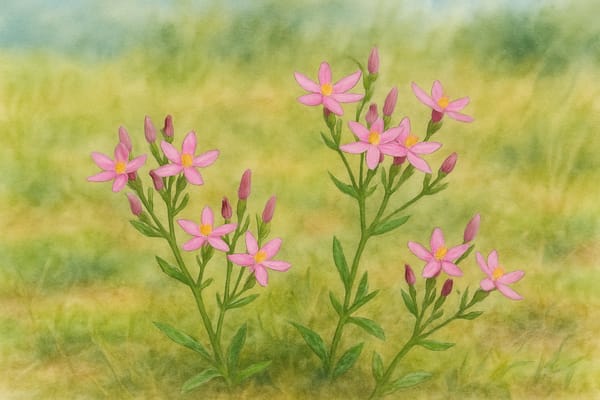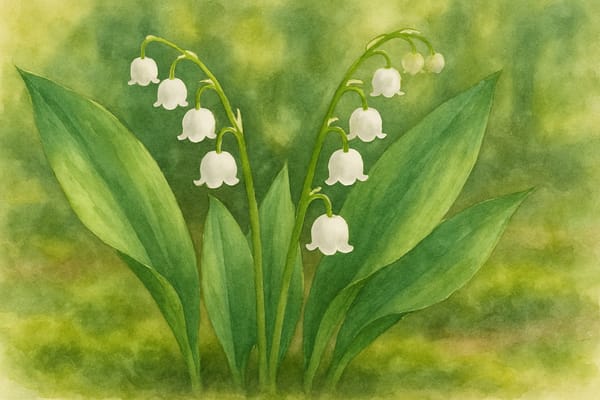The Humble Healer of Moorland and Coast
Historical and Cultural Significance
Tormentil has been a trusted companion of rural life in Cornwall and the UK for centuries, valued for its medicinal power and symbolic resilience.
Folk Medicine and Rural Craft
With its tannin-rich roots, tormentil was a key remedy for diarrhoea, mouth ulcers, wounds, and livestock ailments. The root’s use in dyeing and leather tanning connected it to traditional crafts, especially in regions where other tanning resources were scarce.
Folklore and Symbolism
Linked to the easing of life’s “torments,” this small plant came to symbolize endurance, protection, and resilience. Its bright yellow flowers brought “spiritual cheer” on bleak moors, making it a quiet emblem of hope in harsh places.
Cornish Context
While not a central figure in Cornish myth, tormentil’s role in practical herbalism, rural self-sufficiency, and traditional crafts ties it to the heart of Cornwall’s cultural landscape — a silent partner in the region’s story of resilience and self-reliance.
Growing Tormentil in Coastal Gardens
This hardy wildflower is perfectly suited to coastal gardens, thriving in poor, acidic soils with little fuss.
| Requirement | Details |
|---|
| Light | Full sun to partial shade |
| Soil | Well-drained, acidic to neutral; sandy or gravelly |
| Water | Moist but not waterlogged; drought-tolerant when mature |
| Salt Tolerance | Moderate; handles exposed coastal winds |
| Hardiness | Hardy in the UK |
Care and Cultivation Tips
- Site Selection:
Ideal for wildflower meadows, heathland borders, or naturalistic coastal gardens. - Sowing:
Sow seeds in autumn or early spring, lightly covering them. Can also be divided in spring or autumn. - Watering:
Water regularly during establishment; mature plants tolerate dry spells. - Feeding:
Do not fertilize — thrives best in poor soils. - Maintenance:
No pruning needed. Deadhead if you want to prevent self-seeding. - Pests and Diseases:
Rarely affected by pests or diseases.
Coastal Garden Notes
- Adapted to Harsh Conditions:
Perfect for exposed, acidic soils in coastal areas. - Wildlife Friendly:
Supports bees and pollinators; offers late-season nectar. - Low Maintenance:
A resilient, attractive ground cover with heritage value.
Summary
Tormentil stands as a symbol of Cornish resilience — a healing herb, a resource for rural crafts, and a quiet marker of nature’s endurance. In coastal gardens, it brings cheerful blooms and ecological value with little care, echoing its long history in Britain’s wild places.











